What is the difference between an automatic washing machine and a semi-automatic one?
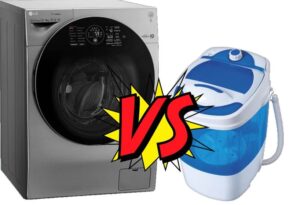 It would seem that what could confuse a modern person when studying descriptions of various washing machines? For example, in store catalogs or on specialized websites. In fact, some SM models have the status of automatic, while others are semi-automatic, and the need immediately arises to find out how an automatic washing machine differs from a semi-automatic one and whether these differences are so significant?
It would seem that what could confuse a modern person when studying descriptions of various washing machines? For example, in store catalogs or on specialized websites. In fact, some SM models have the status of automatic, while others are semi-automatic, and the need immediately arises to find out how an automatic washing machine differs from a semi-automatic one and whether these differences are so significant?
Let's compare two types of machines
The main difference between a semi-automatic machine and an automatic machine is that in the first case, the presence of a person at all stages of washing still remains mandatory. If in the case of an automatic machine, the housewife only needs to turn on the machine, pour in powder, set the necessary parameters and start the wash, then with a semi-automatic machine the range of actions will not be so simple and certainly not so short, and it is worth noting, very labor-intensive. However, this explanation is too general; for clarity, it is better to compare point by point.
For example, an automatic machine automatically switches to spinning after washing, but in a semi-automatic machine you not only need to switch the mode, but also, as a rule, transfer the laundry from one tank to another. Filling and draining water in a semi-automatic washing machine is also done by a person. Using the machine, the housewife only has to select a program, load laundry and start the cycle.
Important! Based on the above, we can make a logical conclusion that semi-automatic machines do not need to be connected to water supply and sewerage, and automatic ones will not be able to work without this.
Another significant difference is the dimensions.Semi-automatic machines are many times lighter and more compact than their more advanced counterparts. For example, a semi-automatic machine weighs no more than 20 kg, and in some cases even less, 7-10 kg, while automatic machines can weigh up to 80 kg.
Automatic washing machines are more susceptible to breakdowns, as they are much more complex. Semi-automatic machines have many fewer parts, which means they break less often. The favorite difference among fans of semi-automatic machines is the difference in price. By modern standards they cost almost pennies.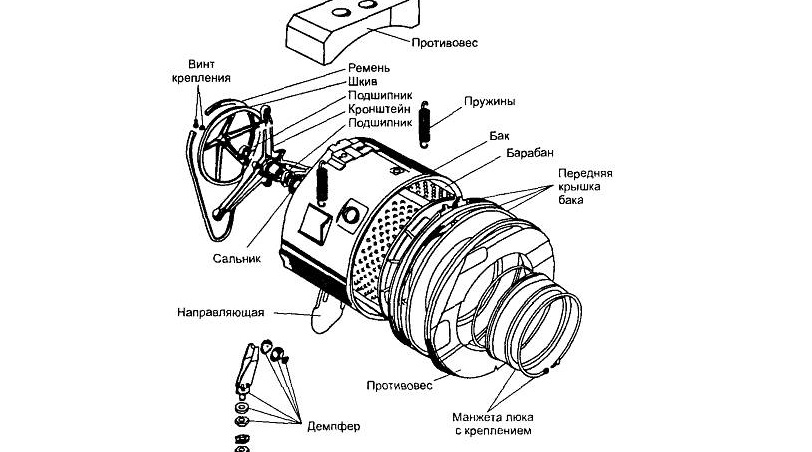
The good thing about slot machines is that they are equipped with many useful functions. As a result, you can choose a mode for any type of laundry, and sometimes even dry it. Semi-automatic machines cannot boast of this. Semi-automatic devices can be used practically in field conditions. For their operation, only an electrical network is needed, so they are active assistants in the country or on long hikes, when electricity is supplied through some kind of portable station.
The advantage of an automatic rifle over a semi-automatic one also lies in its appearance. Modern automatic SMs look very stylish and easily fit into the interior of a bathroom or kitchen. The semi-automatic does not have the same stylish design, so many people prefer to hide it far away.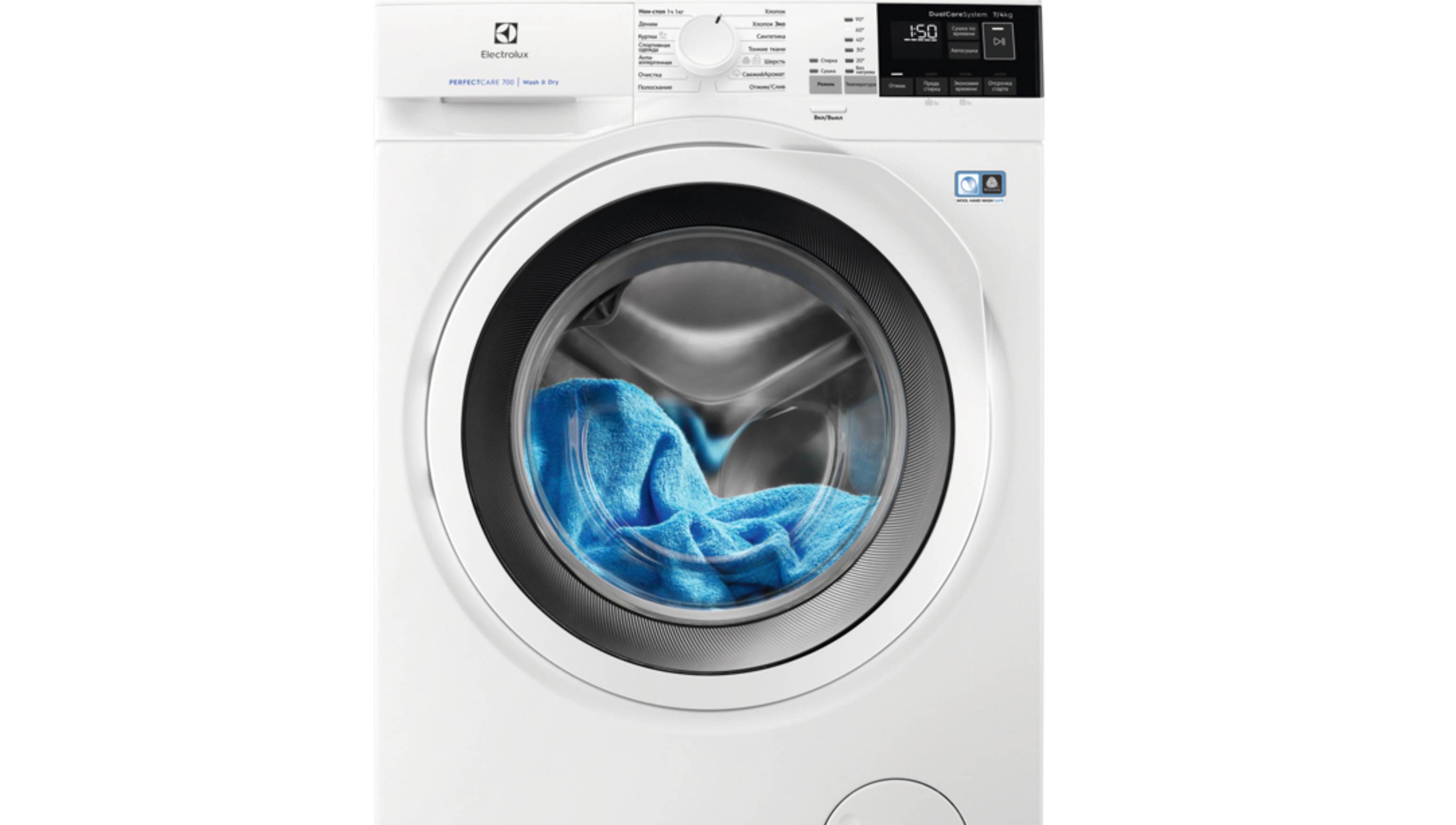
Finally, the laundry in the tank of the semi-automatic machine rotates using a special activator, and in the automatic machine the drum in which the laundry lies rotates.
As can be seen from the above, the difference between semi-automatic and automatic is quite significant. Essentially, these are two completely different types of technology, each with its own pros and cons. They are similar in that both are designed for washing clothes, and most semi-automatic machines can also spin and rinse clothes.Another similarity is that both units operate using detergents, although perhaps different in characteristics and composition.
Types of semi-automatic machines
Semi-automatic machines also differ from each other in some ways. You can choose the option that’s right for you based on cost, size, and feature set. Based on additional functionality, there are two types of semi-automatic machines:
- Centrifugal.
- No centrifuge.
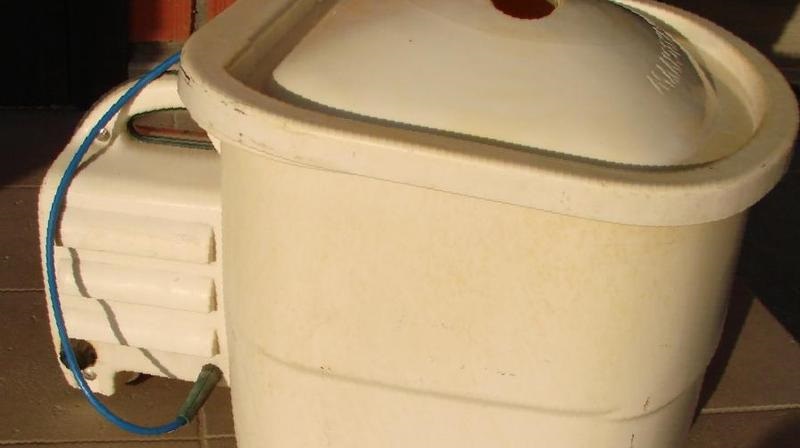
If the washing machine has only one compartment, it is the most compact, but at the same time primitive. This type of machine is not intended for spinning; it can only be used to wash clothes. If the washing machine has a second compartment, it is a centrifuge model with the ability to spin and rinse. The only catch is that the housewife needs to transfer the laundry into this second tank manually.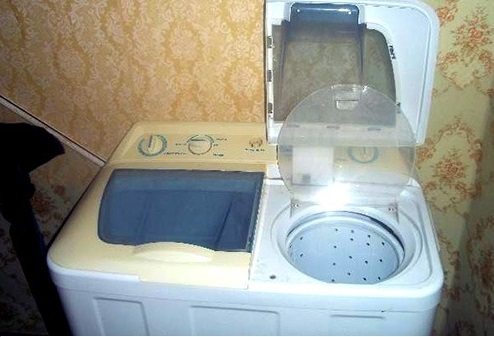
Machines without a centrifuge are very often used in conditions of poor power supply, for example, outside the city or when traveling. Spinning still creates a large load on the network, and the machine will not be able to work in such conditions. Models with a centrifuge are good for older people, since in fact they perform the same functions, but mastering their use is much easier. Based on the type of element being rotated, the following are distinguished:
- Activator.
- Drums.
Most semi-automatic machines are still activator, that is, the activator rotates the laundry in the tank. There are models with a drum, but it immediately brings the SM closer to an automatic look, as it adds dimensions, weight and cost.
Interesting:
Reader comments
- Share your opinion - leave a comment



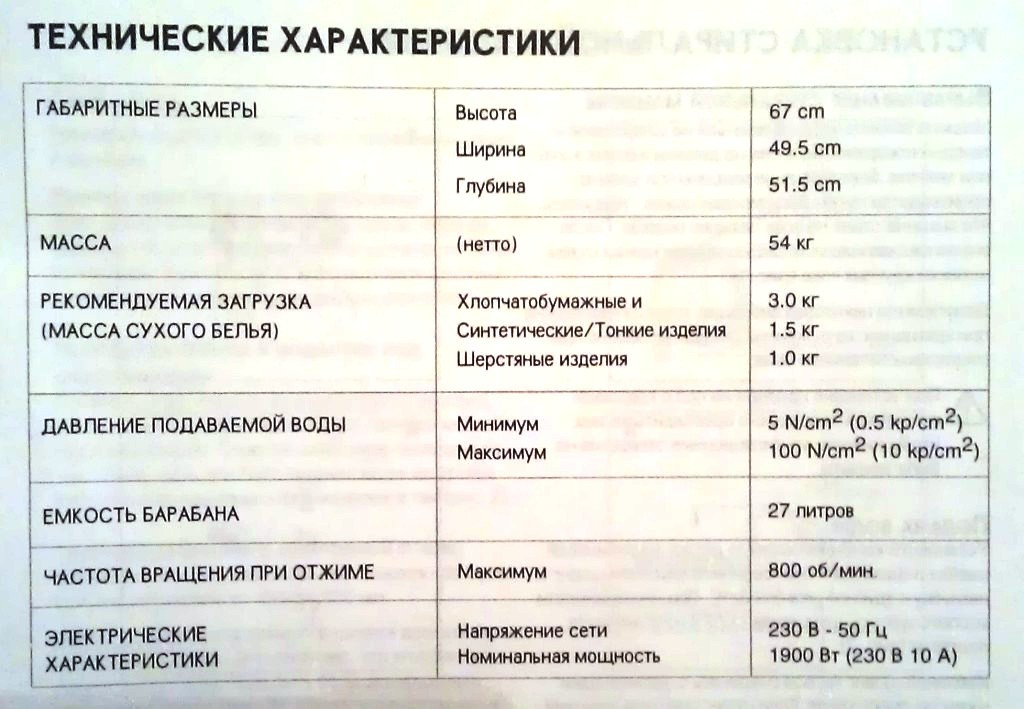


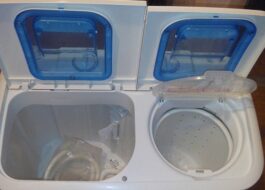














Add a comment